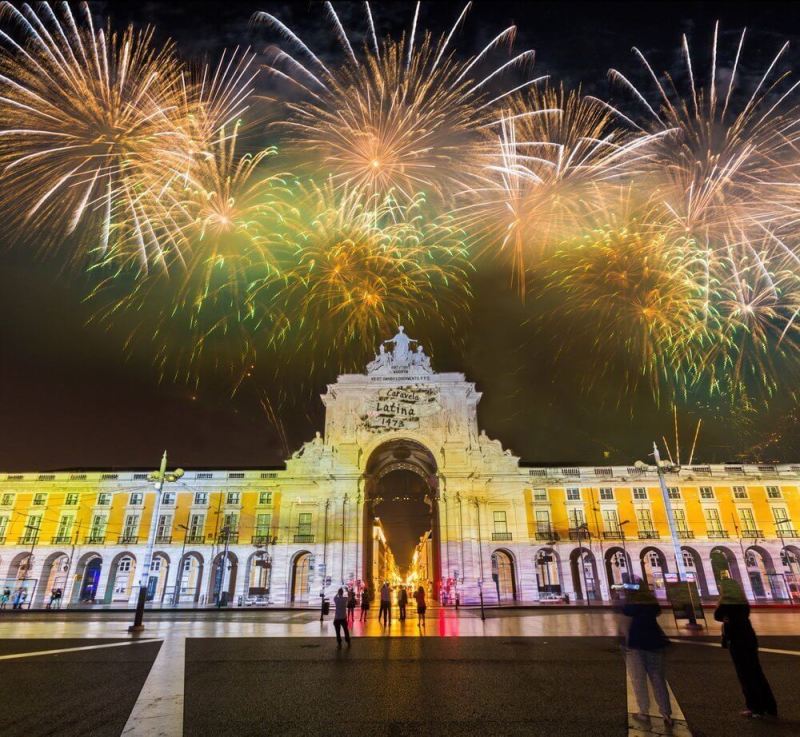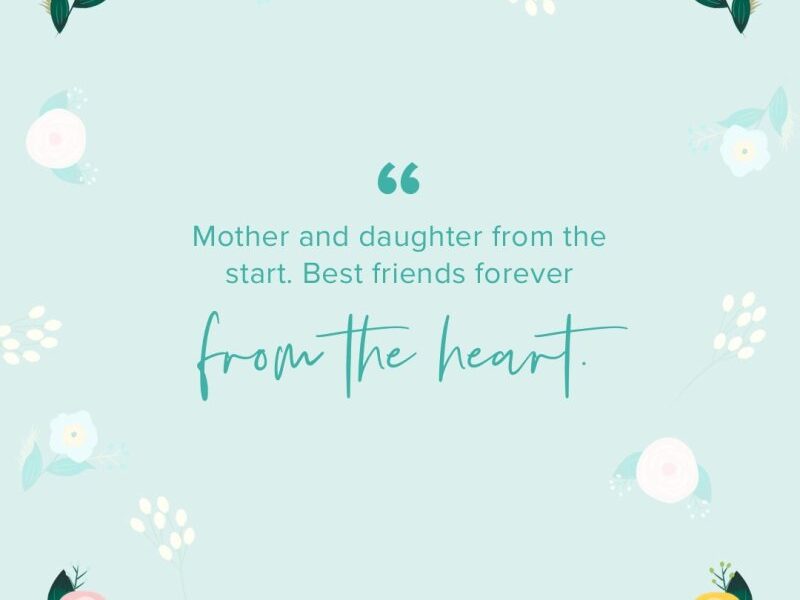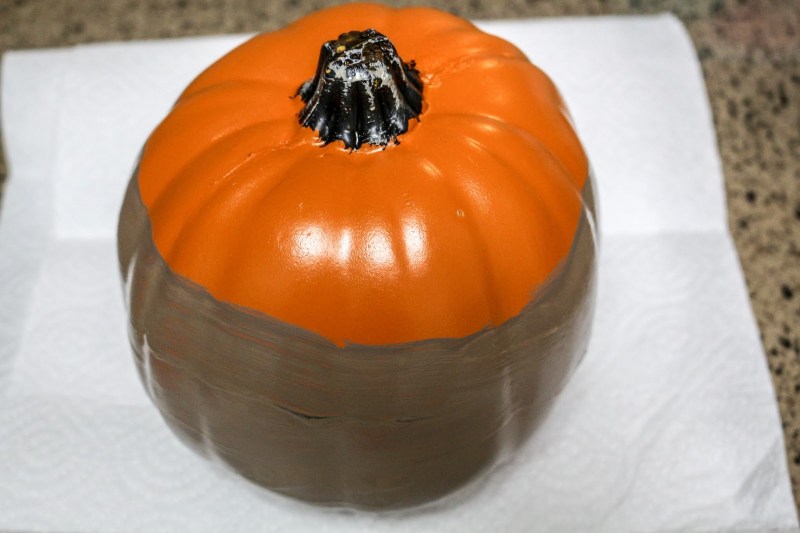Portuguese Traditions And Celebrations – Welcome to our comprehensive guide to Portuguese customs and traditions, where we take you on a fascinating journey through Portugal’s cultural tapestry.
There are countless unique and interesting Portuguese traditions and customs, deeply rooted in the history and culture of the country, which have been passed down from generation to generation to create a country rich in culture and which are proof of the love the people of Portugal have theirs. heritage and the commitment to preserve it.
Portuguese Traditions And Celebrations

This article explores some of the most interesting Portuguese traditions that you need to know if you want to truly understand Portugal, if you are visiting or moving and want to integrate. to this fascinating culture.
Immerse Yourself In The Vibrant Tapestry Of Portugal: Explore The Best Festivals In The Country
When you start your journey to understand the vibrant local culture, it will be essential to enter the heart of this fascinating country and get to know its fascinating customs and traditions. From the unique dances that appear throughout the regions to the incredible beauty of Portuguese tiles, we reveal the wonders that make Portugal truly unique. Join us as we visit the rich heritage of this amazing country.

Portugal has a long and interesting history that has influenced its traditional dress. Over the centuries, different civilizations and cultural exchanges have shaped Portuguese clothing styles and designs. From the influence of the Moors in the Middle Ages to the colonial events of the Age of Discovery, each era has left its mark on the country’s clothing traditions.
One of the most striking aspects of traditional Portuguese clothing is its regional diversity. Each region of Portugal has unique clothing and characteristics, which reflect local customs, traditions and climate. Let’s examine some of the more prominent regional outfits:

Being Portuguese Is More Than Language; It’s Heart
The Minho region in northern Portugal is known for its vibrant and colorful traditional costumes. Women wear long skirts adorned with rich embroidery and lace, along with fitted bodices. The outfits are often paired with jewels and ornate headdresses, adding a touch of elegance and glamour.
In the Alentejo region, traditional clothing is characterized by simplicity and functionality. Men wear dark trousers with a loose shirt, often with a coat or jacket. They wear long skirts with floral patterns and colorful aprons, showing the country charm of the area.

The Algarve region, located in the south of Portugal, has a unique style of traditional clothing. Women wear brightly colored skirts with intricate patterns and embellishments. They accessorize their outfits with delicate shawls and scarves, showing a mix of Moorish and Mediterranean influences.
Images Of Portugal
The islands of Madeira and Azores have their unique traditional dress styles. A Madeira suit often features vibrant colors, delicate embroidery, and beautiful lace. Azorean clothing, on the other hand, includes elements of maritime tradition, highlighting sailors’ caps and broad hats.

Portuguese wedding traditions are deeply rooted in the country’s history and cultural heritage. Portugal has a rich history of maritime exploration and global influence, which has shaped its wedding customs over the centuries. These traditions draw influence from a variety of sources, including Moorish, Catholic and folk traditions, resulting in a unique mix of customs and practices.
The road to a wedding in Portugal starts with the engagement. Traditionally, the groom visits the bride’s family to seek permission for the union. As soon as the proposal is accepted, the couple is officially engaged and begins to prepare for the wedding holiday.

Feliz Natal! Portuguese Christmas Traditions Alive In The South Bay
In Portuguese culture, godly parents play an essential role in marriage preparation. The couple chooses two godparents, called “padrinhos”, who will be their mentors and guides during the process. They offer support, advice and often contribute financially to the costs of the wedding.
Portuguese brides often wear an elegant white wedding dress, which symbolizes purity and innocence. The dress is usually accompanied by a lace veil and a crown or tiara, adding an elegant touch to the ensemble. Many brides also incorporate the “traditional”

The groom’s suit is usually a classic black or dark suit. However, in rural areas, traditional clothing is sometimes still worn. Among them are the “
New Year’s Traditions In Portugal
“with black trousers, a white shirt, a dark coat and a hat. This outfit reflects cultural heritage and adds an authentic flavor to the wedding celebration.
:max_bytes(150000):strip_icc()/GettyImages-Christmas-Rome-Giorgio-Cosulich-576fd9d53df78cb62c2ddfa3.jpg?strip=all)
Portuguese wedding ceremonies are usually held in a church, symbolizing the couple’s commitment to God and community. The ceremony incorporates Catholic traditions, including readings, prayers and the exchange of vows. The couple is united in holy matrimony and rings are exchanged as a sign of their love and commitment.
” or wedding coins. The groom gives thirteen gold or silver coins to the bride, symbolizing her commitment to prepare for her future. The coins are blessed by the priest and later on kept as a treasured keepsake by the couple.

Halloween In Portugal: Does Portugal Celebrate Halloween?
Portuguese wedding receptions are famous for their delicious food. Guests are treated to a sumptuous feast that showcases the country’s culinary delights. They often serve traditional dishes such as bacalhau (salted cod), roast pork and pastéis de nata.
Celebrations are incomplete without lively music and energetic dances. At Portuguese weddings, traditional dances such as the “

“They’ll take center stage. Guests join these dances, creating an atmosphere of joy and celebration. Live bands or DJs often provide the music, ensuring that the dance floor is never empty.
New Year’s Eve Traditions In Portugal
The wedding cake has a special place in Portuguese wedding traditions. Couples often choose a tiered cake decorated with intricate designs and fresh flowers. sweet treats, like

Portuguese jewelry has a long and interesting history that goes back centuries. It was influenced by various civilizations, including the Moors, the Romans and the Celts, as well as the exploration and trade routes of the Portuguese Empire. This combination of cultural influences has resulted in unique styles and designs that are truly emblematic of Portuguese jewelry.
At the heart of traditional Portuguese jewelry is the art of filigree. Filigree is a delicate technique that involves the careful shaping and joining of metallic threads to create an intricate design. This technique has been passed down through generations of skilled artisans and is still the hallmark of Portuguese jewelry craftsmanship.

Discovering Pagan Parades And Pyrotechnics As Part Of Portugal’s Ancient Mountain Carnival
Filigree has a special place in Portuguese culture, symbolizing the country’s heritage and craftsmanship. It is often associated with love, romance, and loyalty, making it a popular choice for engagement rings, wedding bands, and other significant jewelry. The intricate patterns and detailed filigree details reflect the passion and artistry of the artisans who create these amazing pieces.
The Queen’s style of Portuguese jewelry is characterized by its royal and refined designs. She often features large, eye-catching pieces embellished with precious stones, pearls and filigree details. Rainha’s style is associated with elegance and sophistication, making it a popular choice for special occasions and formal events.

Viana’s style of Portuguese jewelry is inspired by the region of Minho and its traditional costumes. It showcases vibrant colors, floral motifs and intricate filigree work. The Viana style is known for its unique heart-shaped pendants, which symbolize love and loyalty. This garment is often worn as a symbol of pride and cultural identity.
Central California’s Portuguese Festivals To Be The Focus Of A Special Event At The Carnegie Museum Of Kings County Aug. 12
Portuguese crosses are iconic symbols of Portuguese religious piety and craftsmanship. These crosses have intricate filigree patterns and are often decorated with gemstones or enamel. They are revered for their beauty and spiritual significance, and are often worn as pendants or included in rosaries.

, or Heart of Viana, is a beloved symbol in Portuguese jewelry. It represents love, loyalty and commitment. The heart-shaped design is crafted with filigree and often has colored tiles. The Coração de Viana is a valuable gift for special occasions, such as weddings and birthdays.
Diverse and rich, from traditional fado to modern pop and rock, Portugal has a vibrant music scene with several music festivals taking place throughout the year, but Portugal is synonymous with one type of music. ; a cheerful, emotional, beautiful soul

Portugal’s Pilgrimage’ Features Ox Pulled Floats With Sacred Images Of Mary
Fado, a musical genre deeply rooted in Portuguese culture, captures the hearts of listeners with its soulful melodies and emotional expressions. Beginning in the streets and pubs of Lisbon, fado has become a symbol of Portuguese identity, reflecting the joys and sorrows of the human experience.
Fado appeared in the early 19th century in the neighborhoods of Lisbon, especially in Alfama and Mouraria and was influenced by several musical styles, including African rhythms, Brazilian modinhas and Moorish melodies. It was originally a way for sailors, prostitutes and marginalized members of society.

Characterized by its melancholic and nostalgic melodies, often accompanied by the distinctive sound of the Portuguese guitar, Fado conveys a sense of longing, loss and longing for the past, reflecting the Portuguese concept of
Christmas In Portugal
From humble origins in the narrow streets of Lisbon to international recognition, fado has been a timeless symbol of Portuguese culture. Immerse yourself in the memorable melodies, delve into the soulful lyrics and experience the power of fado that transcends language and touches the depths of the human soul. Let the captivating forms of Fado transport you to a world of emotions, where nostalgia and legend intertwine, leaving an indelible mark on your heart.

The charm of traditional dances in Portugal is reflected throughout the country,
Indian traditions and celebrations, mexican traditions and celebrations, japanese traditions and celebrations, nicaragua celebrations and traditions, traditions and celebrations, brazil celebrations and traditions, egyptian celebrations and traditions, spain traditions and celebrations, hispanic celebrations and traditions, panama traditions and celebrations, thailand traditions and celebrations, irish celebrations and traditions


